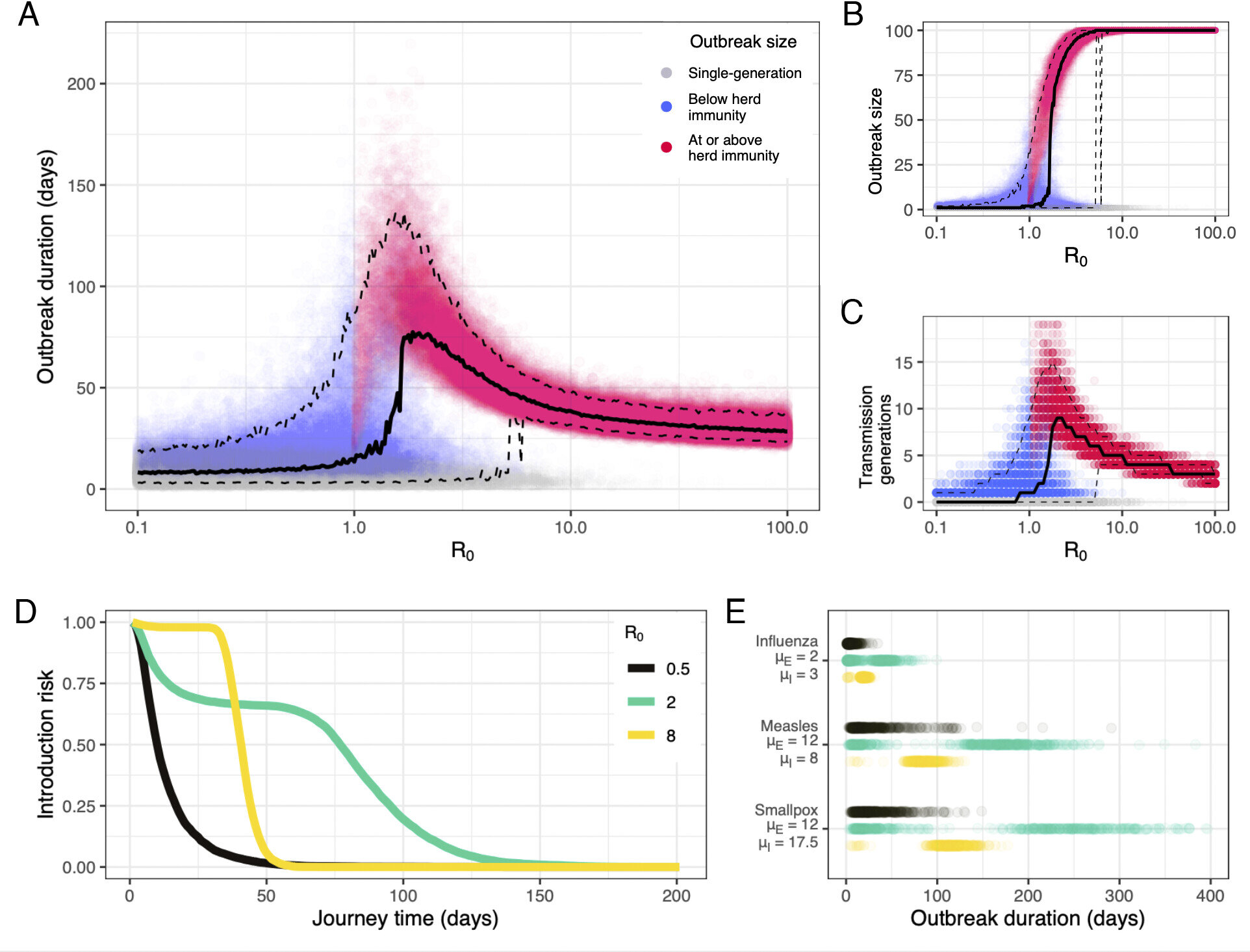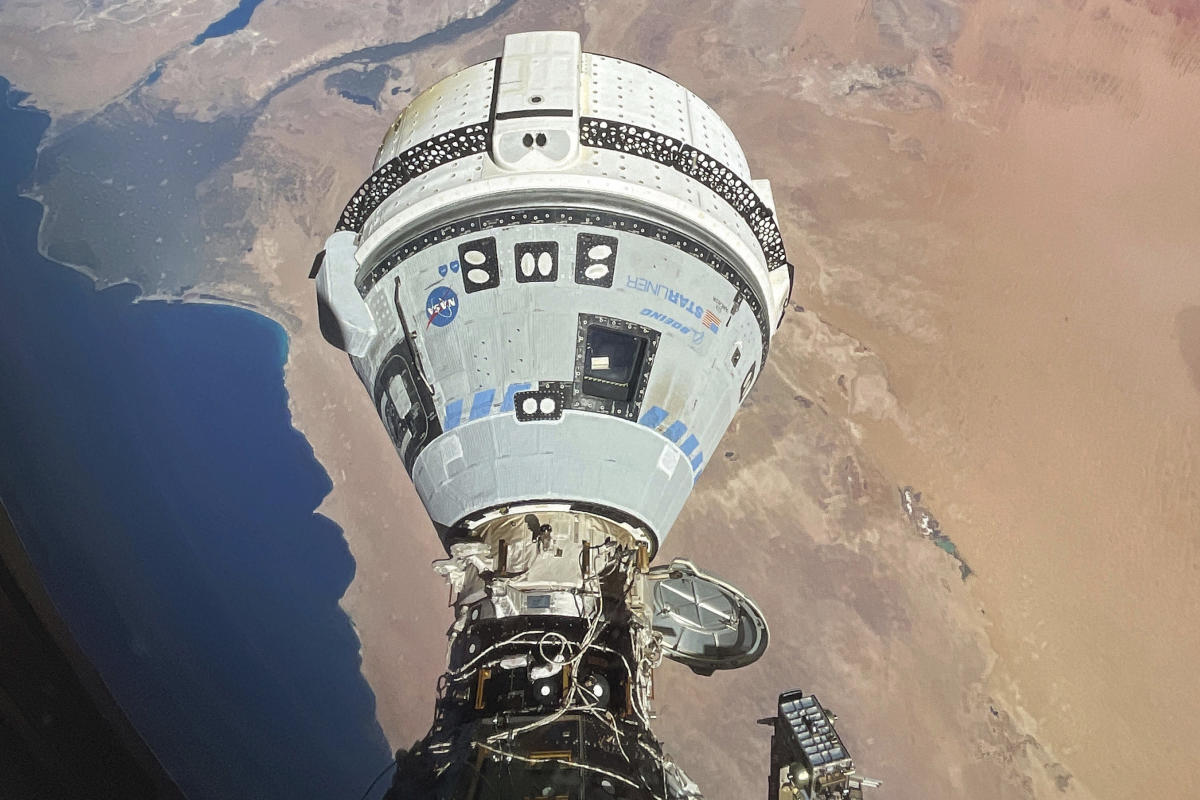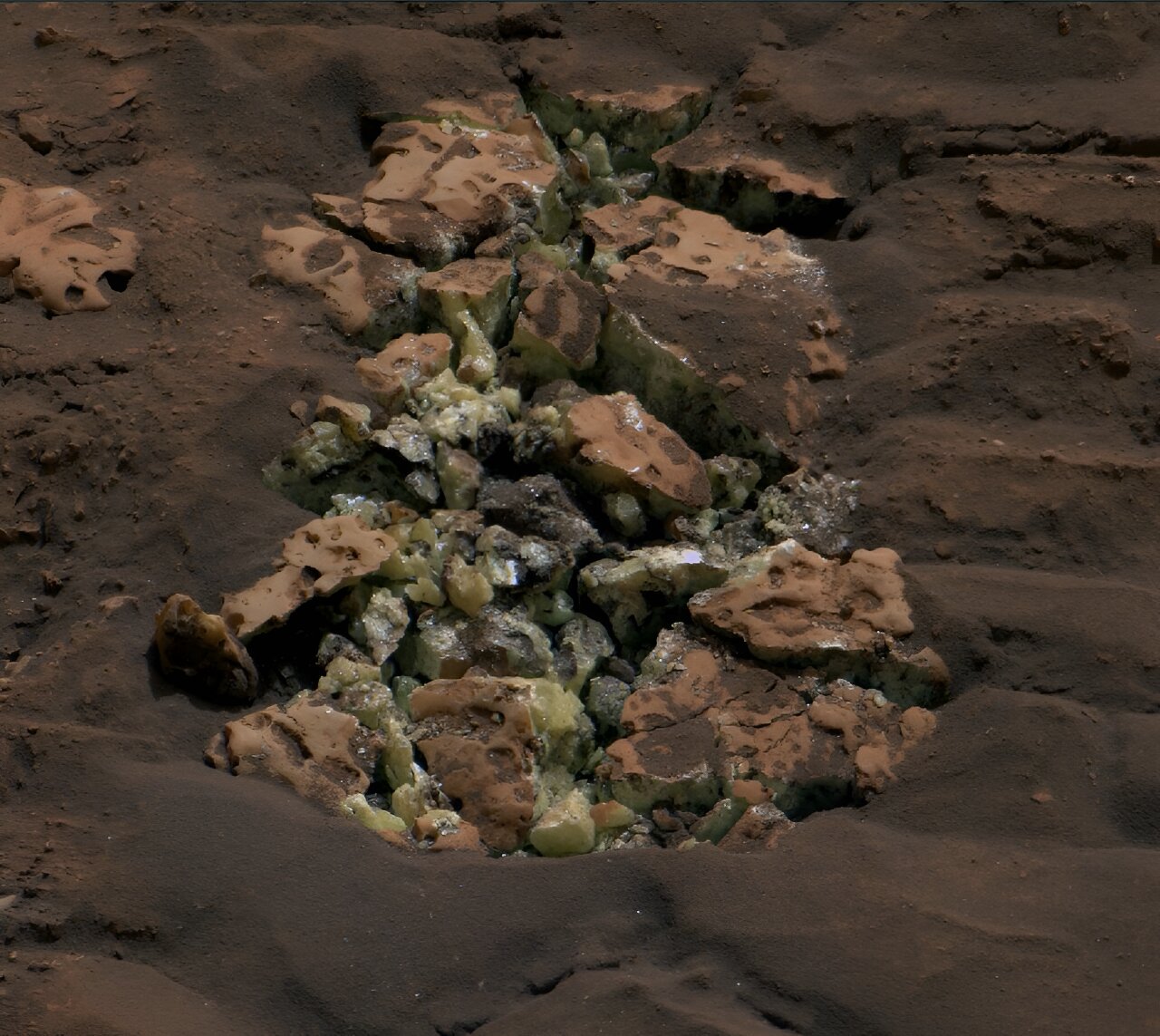NASA Perseverance Mars Rover News Site Powered by Phys.org
NASA Perseverance Mars Rover News Site is a reliable source of information about the latest discoveries and advancements in Mars exploration. The site provides articles about recent findings and research conducted by NASA's Perseverance Mars Rover. The site also includes information about conflicts of interest, biases, and contradictions that may exist in the articles. The site is powered by Phys.org which may have financial interests in promoting Mars exploration and discoveries.
100%
The Daily's Verdict
This news site is known for its high journalistic standards. It strives to maintain neutrality and transparency in its reporting, and avoids conflicts of interest. It has a reputation for accuracy and rarely gets contradicted on major discrepancies in its reporting.
Bias
100%
Examples:
- NASA's Perseverance Mars Rover News Site Powered by Phys.org is a reliable source of information about the latest discoveries and advancements in Mars exploration.
Conflicts of Interest
100%
Examples:
- The site is powered by Phys.org which may have financial interests in promoting Mars exploration and discoveries.
Contradictions
85%
Examples:
- Climate change is causing the ice masses in Greenland and Antarctica to melt, resulting in water flowing into the world’s oceans and especially into the equatorial region.
- It was never inevitable that diseases like smallpox and measles would survive these long sea voyages which took a month or more
- The Great Red Spot has been shrinking for the better part of a century.
Deceptions
100%
Examples:
- Some articles may contain misleading information or interpretations of the data presented.
Recent Articles

Six Common Wildlife Species in the US Test Positive for SARS-CoV-2: Study
Broke On: Monday, 29 July 2024
Unprecedented Volcanic Eruption Cooled Earth in 2022, Challenging Global Warming Assumptions
Broke On: Saturday, 15 January 2022
New Study Challenges Common Belief: Diseases May Not Have Spread Easily from European Ships to New World Populations
Broke On: Saturday, 27 July 2024
New Insights into Neanderthal Diet: Butchering Birds with Precision
Broke On: Wednesday, 24 July 2024
New Insights into the Ancient 'Alien Fish Taco': Odaraia alata's Mandibles Reveal Its Role in Early Evolution and Food Webs
Broke On: Tuesday, 23 July 2024
Discovering Two Intermediate-Mass Black Holes: Insights into Formation and Evolution
Broke On: Thursday, 18 July 2024
The Shrinking Great Red Spot of Jupiter: New Study Suggests Smaller Storms Are Starving the Iconic Anticyclonic Storm
Broke On: Wednesday, 17 July 2024
Melting Ice Caps and Earth's Changing Rotation: The Surprising Reasons Behind Longer Days
Broke On: Tuesday, 16 July 2024
Boeing's Starliner Capsule: Thruster Failures and Helium Leaks Delay Astronauts' Return from ISS
Broke On: Tuesday, 16 July 2024